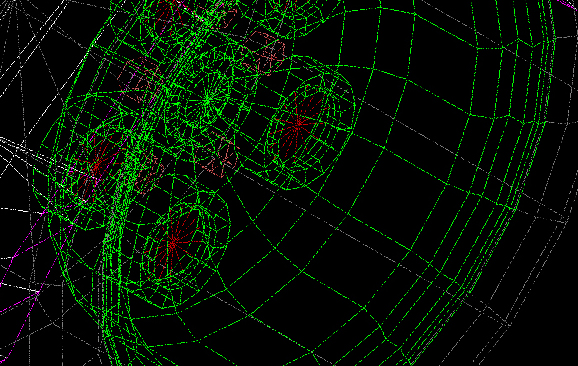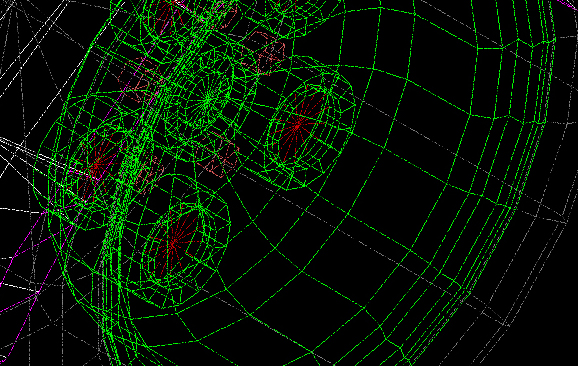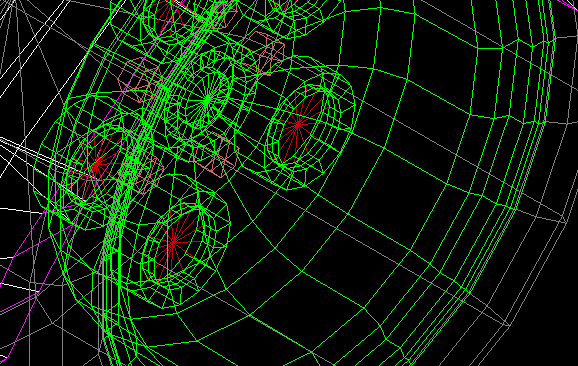How to Get a Higher Quality for Images of Different Complexity at a Reasonable NDI® Bitrate
Transmitting AV signals over a network usually requires them to be encoded (compressed) to fit the available bandwidth. Given the same codec, a higher bitrate typically results in a higher image quality when it is decoded at the receiving end. However, this also means a higher network bandwidth is required.
We have discussed the transmission bandwidth of NDI® technology in a previous post. For users who wish to carry many NDI streams on the same network, the default of 100-200Mbps per HD signal may be too high. However, we should also consider whether or not a lower bandwidth can meet users’ requirements for image quality under various conditions.
In fact, when applying Full NDI to transport video, users can always adjust the bitrate relative to the complexity of their video to find as reasonable balance between image quality and the required network bandwidth. We will demonstrate how the NDI bitrate affects the quality of different kinds of images in this post.
How We Connect Devices
For the purposes of this article, a video source is connected to a Magewell Pro Convert NDI encoder through an HDMI cable, and both the NDI encoder and a Pro Convert NDI decoder are connected to the LAN through a switch. The decoded images are displayed on a monitor.

What We Have Done
- For the first test example, we selected a monochrome picture as an example of an extremely simple image.
- For the second group of tests, we selected a CAD graphic with many inter-weaved lines which require higher sharpness. (Video that includes text have similar requirements).
As NDI is an intra-frame codec, the impact on individual images (frames) provides a reasonable demonstration of the quality impact.
Logging into the Web GUI of the Pro Convert NDI encoder, you can see that the bitrate ratio can be adjusted from 50% to 200% in the “Encoding” section of the “Video” tab (with default value as 100%). In our tests, we chose 50%, 100% and 200% to encode the image into NDI streams and compare the decoded images respectively.

Test Results
Changing the bitrate ratio to 50%, 100% and 200% in succession, the screenshots of the first example group are shown as below:



In addition, we recorded the real-time bandwidth at the different bitrate ratios. At 50%, 100% and 200%, the bit rage game out to 75Mbps, 75Mbps and 80Mbps respectively; (since this single-color picture is extremely simple, the bandwidth usage doesn't change much). According to the decoded images and their respective bandwidth, we can find that when transporting images of less complexity, say fewer colors, lines or details, the bitrate value has little influence on the quality of the coded video. Therefore, setting the bitrate at 50% can meet quality expectations while consuming minimum bandwidth.
The screenshots of the second tested group are shown as below:



Once again, we have tracked the resulting bandwidth at the different bitrate ratios: 120Mbps, 188Mbps and 325Mbps respectively. From the display effect of decoded images and their respective transmission stream, it is clear that when transporting images of complex colors, lines and details, the bitrate ratio has a huge influence on the quality of the video. Moreover, not surprisingly, the image quality is noticeably improved as the bitrate ratio rises (it can be clearly seen that the lines blurs with image noise when the ratio is 50%; while the image becomes pretty clear with the ratio is increased to 200%). Of course, the higher ratio consumes more bandwidth. If users or application scenarios demand high display quality and there is enough bandwidth available on the network, they can choose 200% for higher quality.
Conclusion: When the image in the video includes relatively low complexity, you can turn down the bitrate ratio of NDI encoder to transport video with a lower bandwidth without affecting the display quality much. If the video is of greater complexity, you can transport high-quality video by raising the bitrate ratio whenever the infrastructure of network is allowed.